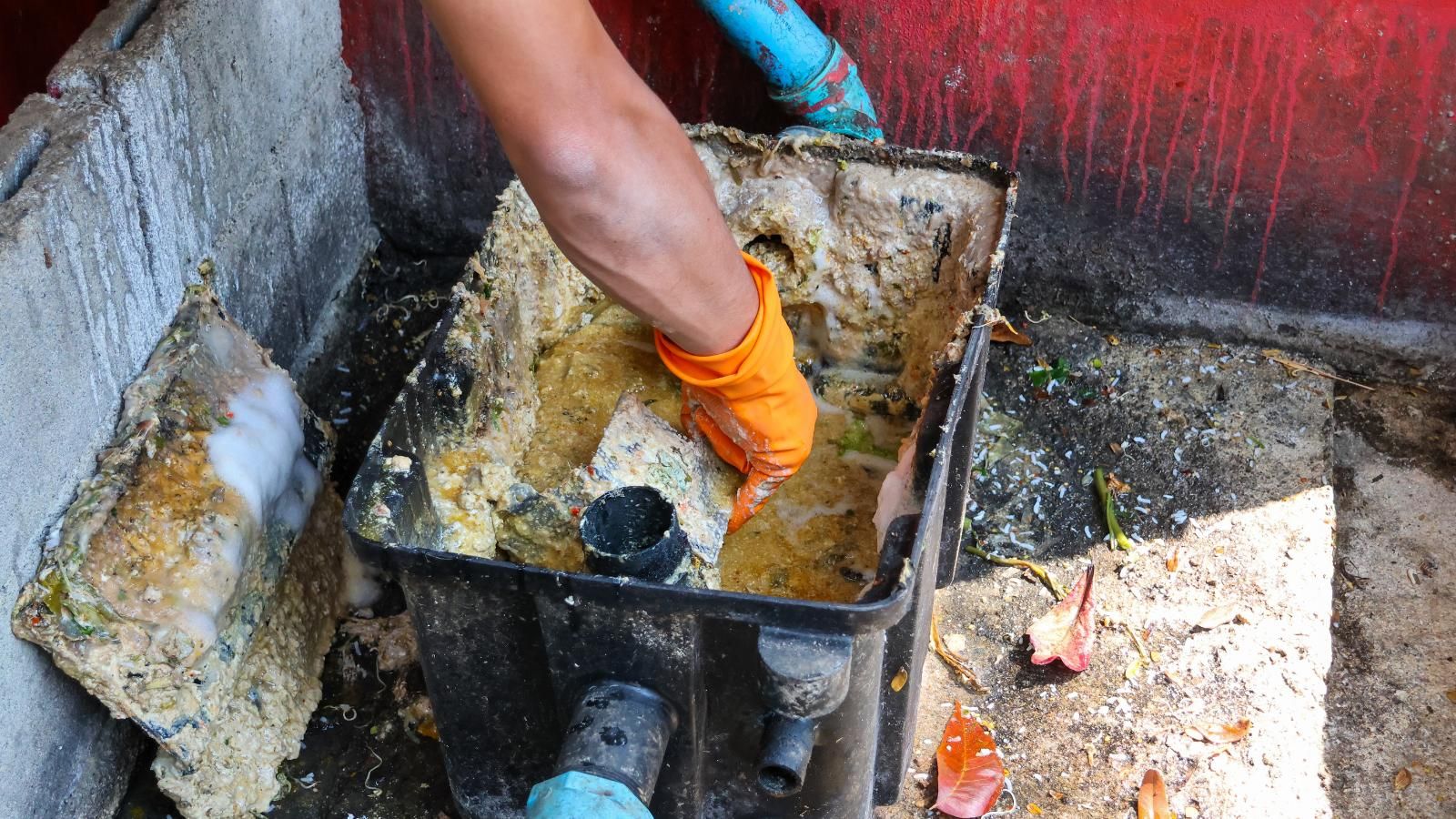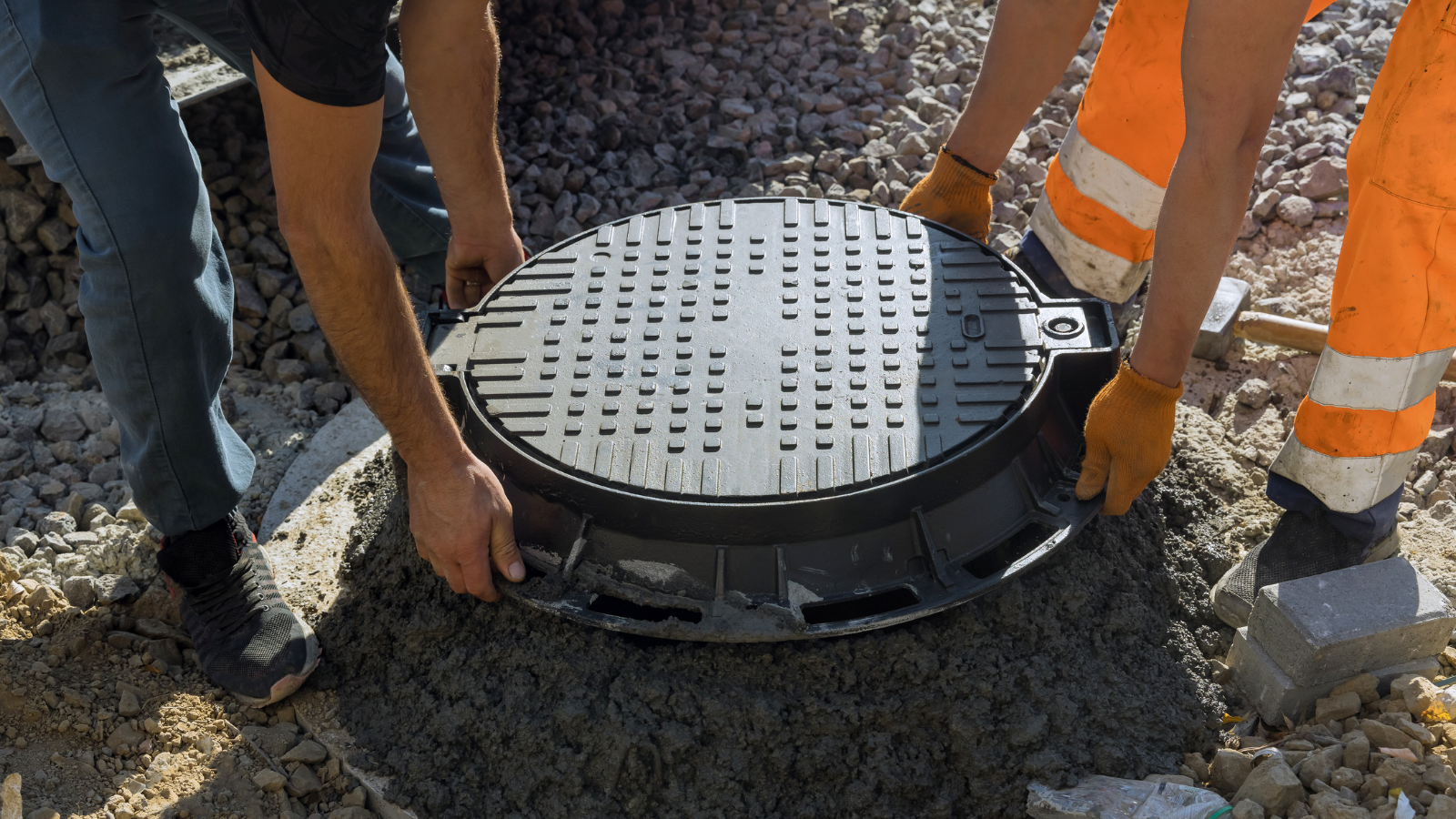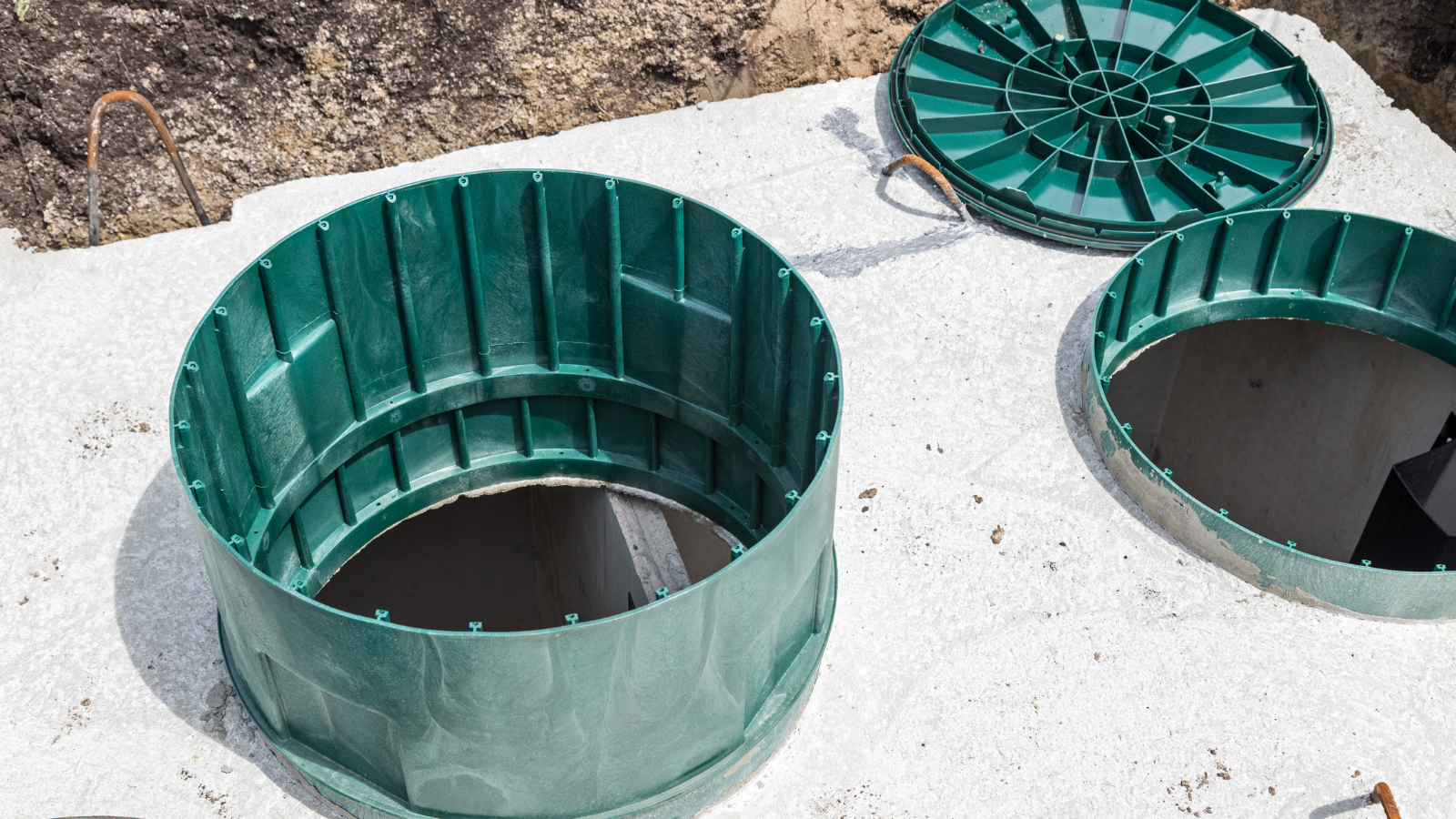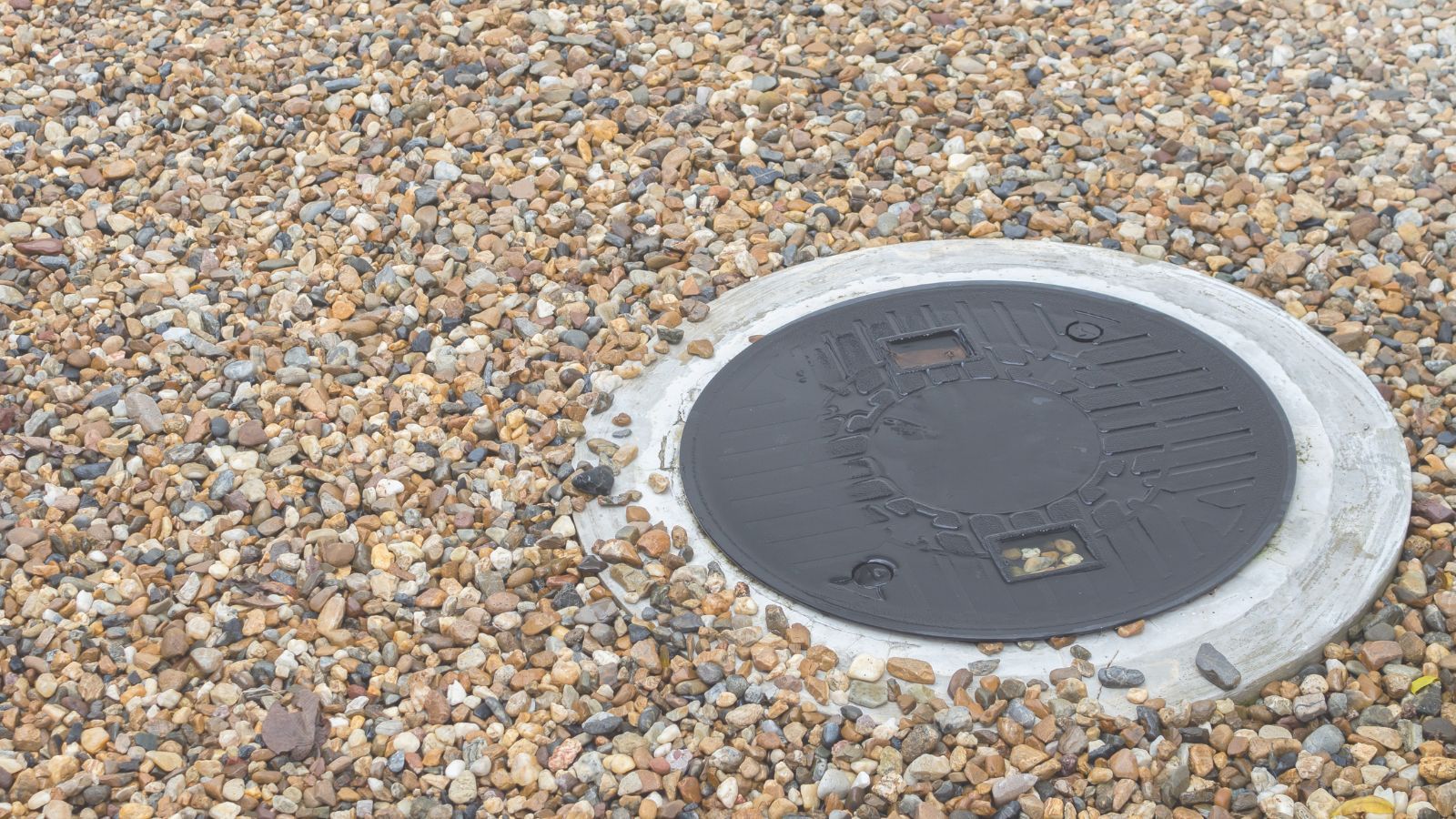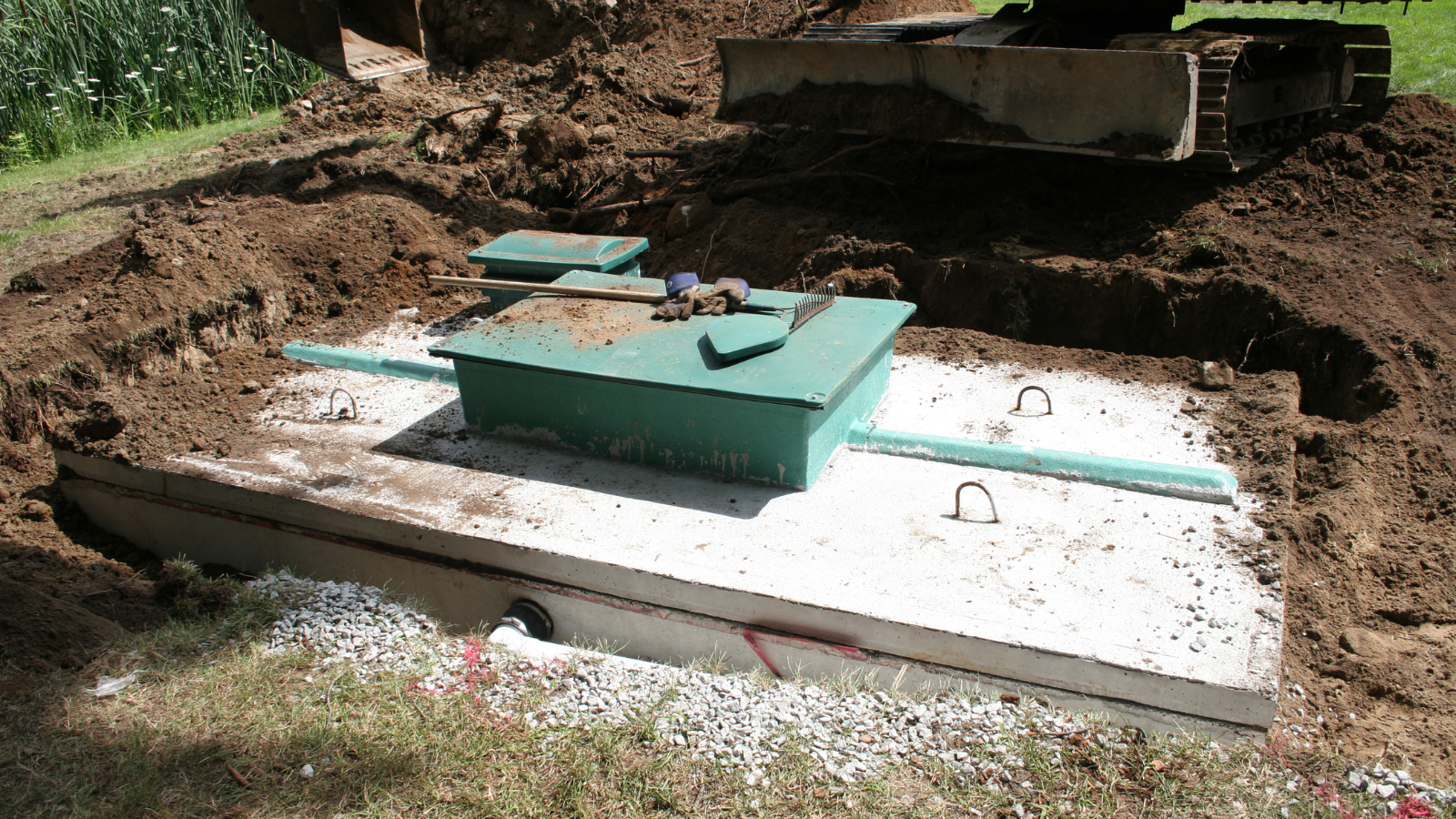How Often Should an Aerobic Septic System Be Pumped?
While looking for trustworthy septic system pumping companies, first know what type of system you have. Is yours traditional or aerobic? Conventional systems rely solely on anaerobic bacteria to handle waste. An aerobic system uses oxygen to break down waste more efficiently, especially in areas with poor soil drainage or higher water tables. An aerobic septic system delivers enhanced treatment but also requires frequent attention.
Aerobic maintenance will prevent breakdowns, avoid expensive repairs, and ensure your aerobic septic tank pump and control panel operate flawlessly. In this blog, we’ll discuss how often your aerobic septic tank should be pumped along with the tell-tale signs, what happens when routine care is neglected, and how professional septic system pumping companies handle this job from start to finish.
Table of Contents:
Why Regular Pumping Matters for Aerobic Septic Systems
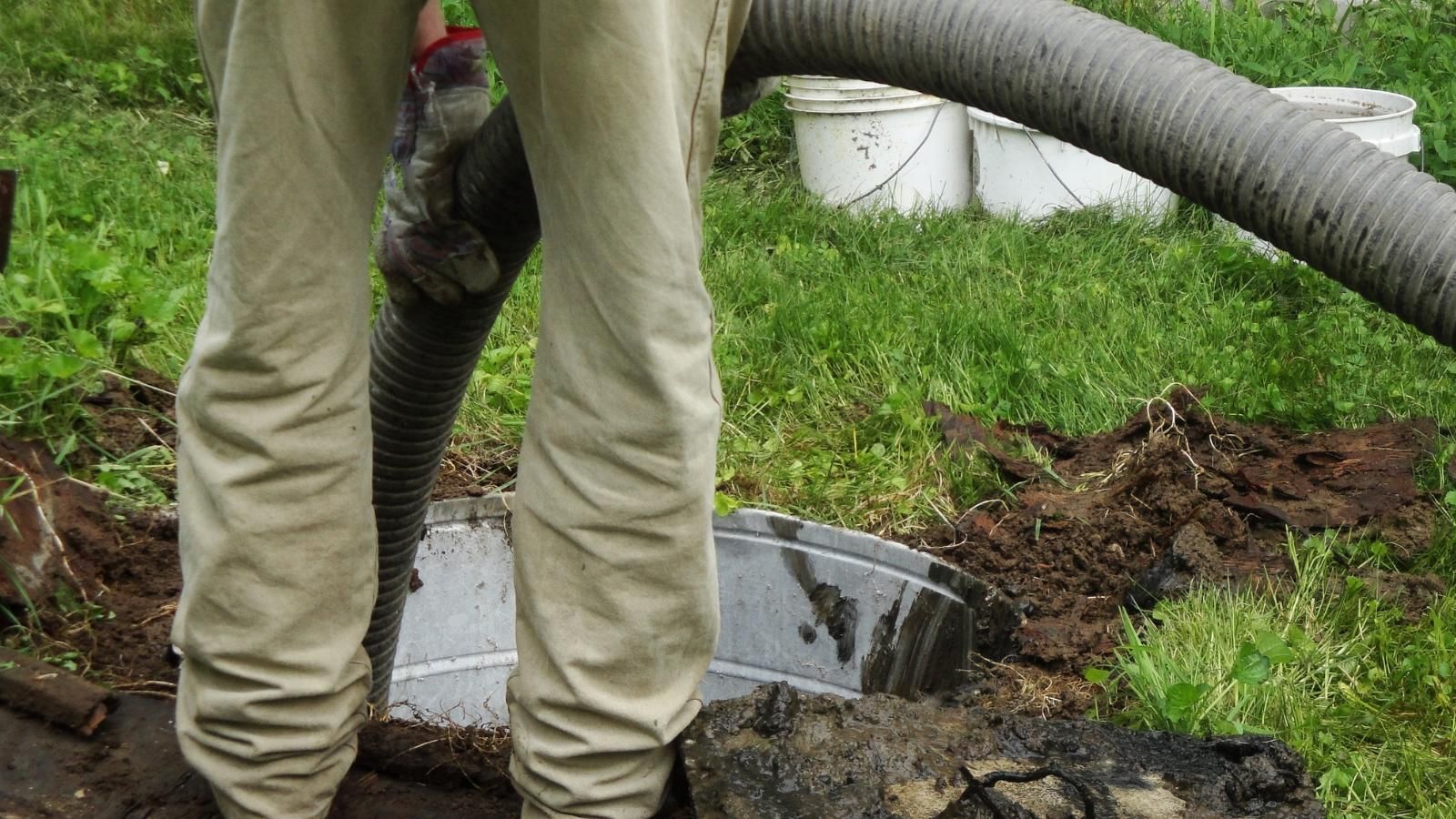
According to industry experts, an aerobic septic system need pumped every three to five years, depending on usage and the tank size. According to industry experts, an aerobic septic system should be pumped every three to five years, depending on the usage and the tank size. An aerobic septic tank often features an aerobic control panel and additional mechanical parts that must work together to function optimally. Pumping removes sledge and scum that can disrupt bacterial balance and compromise performance.
Neglecting routine aerobic maintenance leads to unwanted consequences, such as wastewater backups into your home, environmental harm, and property damage. The best way to avoid surprises and keep your system running smoothly is to partner with an experienced septic system pumping company.
Signs Your Aerobic Septic System Needs Pumping
If you pay attention to your aerobic septic system, it will give you clues for maintenance needs. Slow drainage throughout the home is the first noticeable clue. When sinks, showers, and toilets take longer to empty, your tank is likely reaching capacity and needs to be pumped. Additional clues, such as pooling water around the drain field or tank area and unpleasant sewage odors (either indoors or outdoors), are clear signs that your system is overdue for pumping.
Ignoring slow drains can lead to backups, causing damage to floors, walls, and plumbing. Stagnant water in the yard leads to environmental contamination, and odors are clues of harmful gasses escaping from your system.
Prudent homeowners
routinely inspect their system’s visible components, including the aerobic control panel and the area around the tank, for signs of trouble. Have any error lights or alarm sounds come on? Keep a pumping log to track service schedules. When unsure, call a reliable septic system pumping company for their advice.
Factors Affecting Pumping Frequency
The following factors affect pumping schedules:
- Daily water usage habits
- Household size
- Tank capacity
Following the manufacturer’s maintenance guidelines for your system is crucial. Compliance with local health departments or county codes may mandate minimum pumping intervals, and staying current will avoid penalties.
Yearly inspections (even when pumping may not be needed), working with a qualified septic pumping company, and keeping a record of services ensure your system receives the attention it needs before costly issues arise.
Consequences of Skipping Routine Pumping
Neglecting aerobic septic system pumping can lead to clogs, overflows, and costly repairs. Sludge will block pipes and filters and cause untreated wastewater to back up into your home or yard. Neglect also damages the aerobic septic tank pump and/or control panel components, which are expensive to fix. Repair bills can range from $1,000 to ten times that for a drain field replacement.
Beyond cost, groundwater and the environment can be contaminated when aerobic maintenance is neglected.
Regular aerobic maintenance protects your system’s efficiency and lifespan and avoids the consequences of skipping routine pumping.
How Do Professionals Pump an Aerobic Septic System?
A trained aerobic pump professional usually starts the process by locating and opening the tank lids. The sludge levels are checked, and the aerobic control panels and mechanical components are inspected. The technicians use specialized vacuum equipment to remove the waste, clean the tank, and check the pump and filters for damage or buildup.
Hiring certified septic system pumping companies ensures the job is done correctly and validates your system’s compliance. The Pros have the experience, training, and equipment to spot, prevent, and repair damage during service that DIY efforts can’t touch.
Homeowners do not have to worry about damage, odors, or mess during the process, as a professional crew will keep disruption minimal. They will answer your questions and leave your system cleaner and efficient.
Keep Your Aerobic Septic System Running Smoothly
When you stay on top of routine aerobic septic system pumping, you protect your home, wallet, and the environment. Besides avoiding clogs, costly repairs, and system failures, you are also extending the life of your aerobic septic system. Certified professionals ensure everything from your aerobic septic tank pump to your control panel works optimally and ultimately saves you money in the long term.
If you live in Central Texas, don’t wait for a backup to take action. Call the trusted experts at We Pump It Septic Service. We are the leading professionals for reliable septic system pumping in the Central Texas area. When you partner with us, your system will be clean and efficient.
Schedule your service today by
clicking here or calling 979-906-1792


